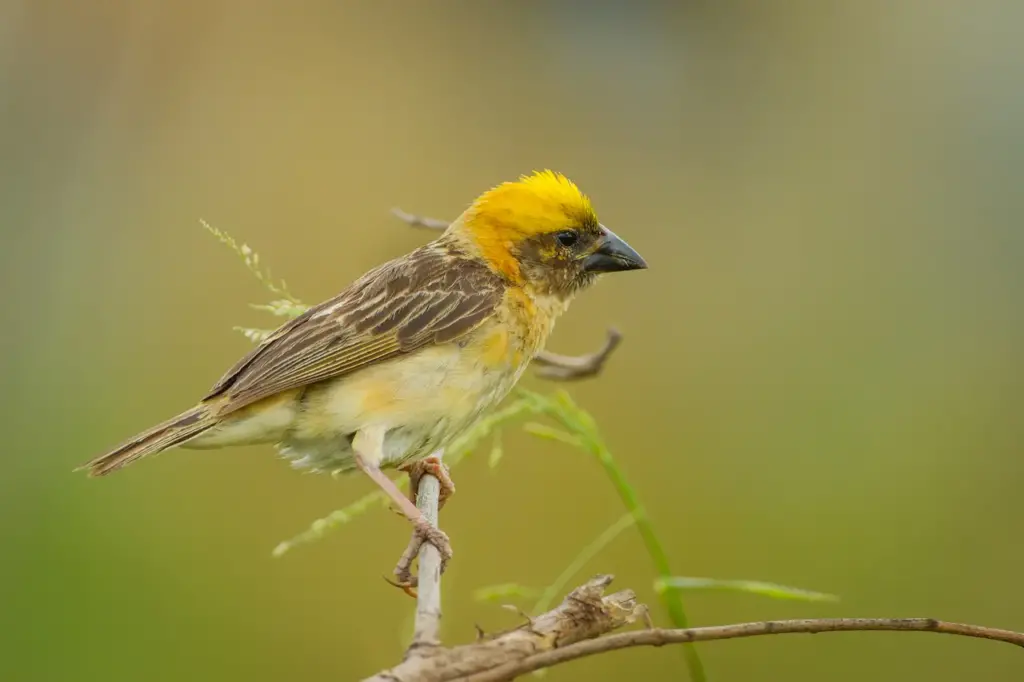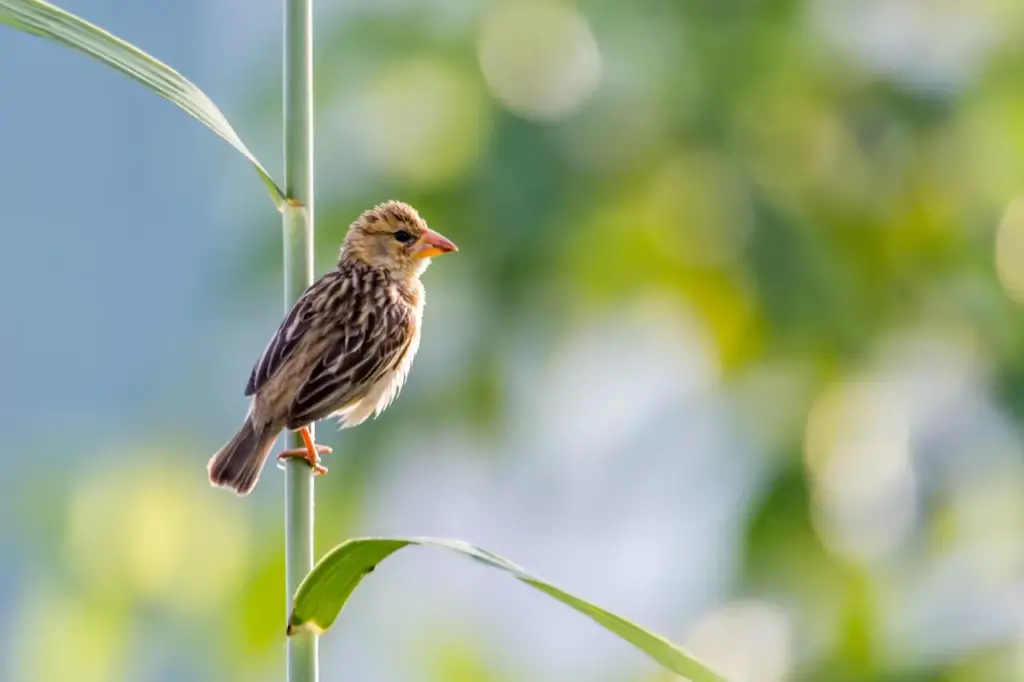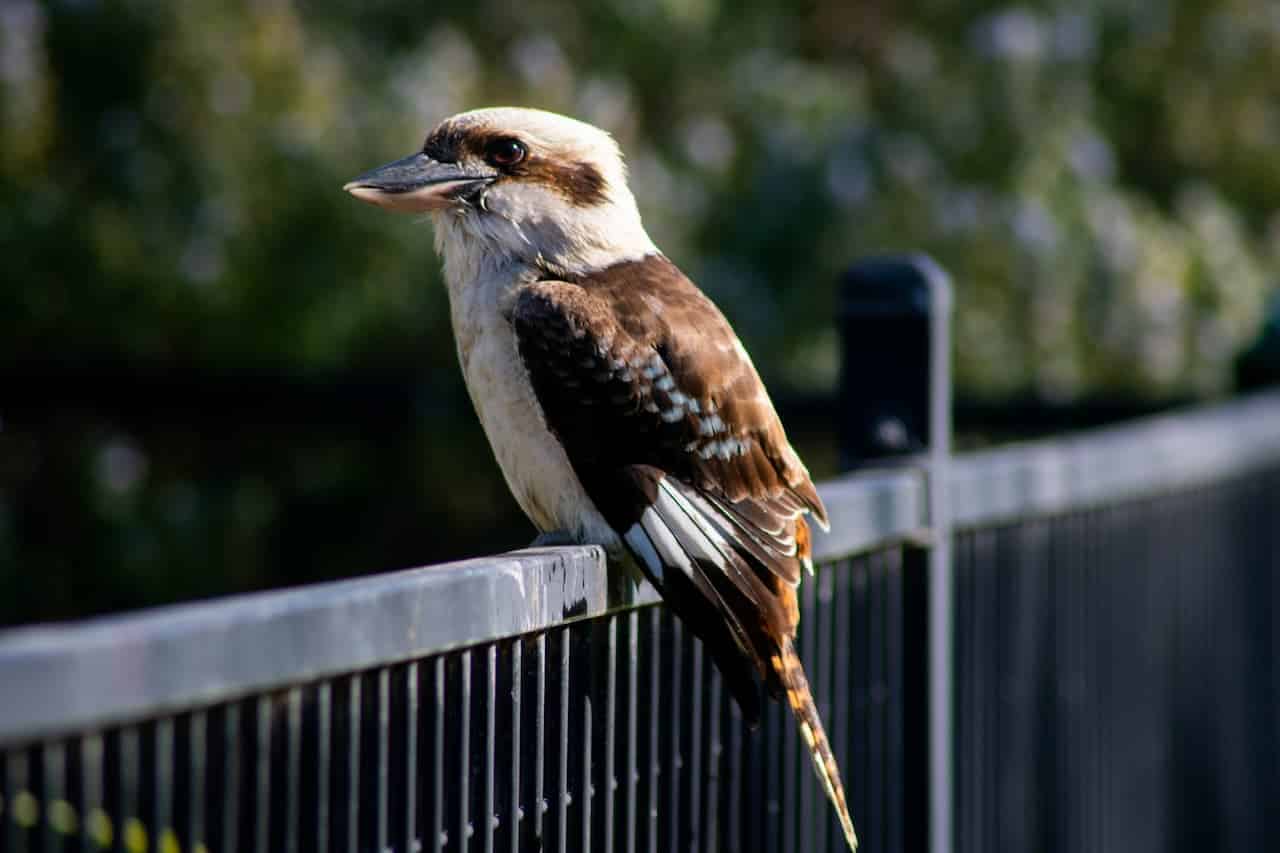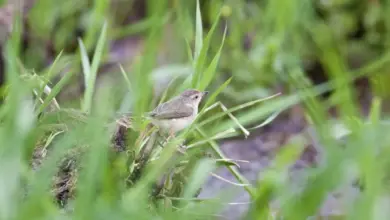Baya Weavers
Baya Weavers (Ploceus philippinus)
The Baya Weavers (Ploceus philippinus) is a weaver found across South and Southeast Asia. They inhabit grassland, cultivated areas, scrub, and secondary growths usually near fresh or brackish water.
They are widespread within their distribution area but are prone to local seasonal movements. Despite their species name, they are not found in the Philippines.

Three geographical races are recognized:
- The race philippinus is found throughout much of mainland India.
- The race burmanicus is found eastwards into Southeast Asia.
- A third race travancoreensis is darker above and found in southwest India.
Description
These are sparrow-sized (15 cm) and in their non-breeding plumage, both males and females resemble female house sparrows. They have a stout conical bill and a short square tail. Non-breeding males and females look alike, dark brown streaked fulvous buff above, plain (unstreaked) whitish fulvous below, eyebrows long buffy, bill is horn colored, and no mask. Breeding males have a bright yellow crown, dark brown mask, and blackish brown bill, upper parts are dark brown streaked with yellow, with a yellow breast and cream buff below.
Local Names
Baya, Son-Chiri (Hindi); Tempua (Malay); Sughari (Gujarati); Babui (Bengali); Parsupu pita, Gijigadu/Gijjigadu (Telugu); Gijuga (Kannada); Thonga-nathan (Tamil); Thukanan-kuruvi (Tamil in Sri Lanka); Wadu-kurulla, Tatteh-kurulla, Goiyan-kurulla (Sinhala); sa-gaung-gwet, mo-sa (Myanmar); Bijra (Hoshiarpur); Suyam (Chota Nagpur).
Habits
Baya Weavers are social and gregarious birds. They forage in flocks for seeds, both on the plants and on the ground. Flocks fly in close formations, often performing complicated maneuvers. They are known to glean paddy and other grain in harvested fields, occasionally damage ripening crops, and are therefore sometimes considered pests. They roost in reed beds bordering waterbodies. They depend on wild grasses such as Guinea Grass (Panicum maximum) as well as crops like paddy for both their food and nesting material. They also feed on insects. Their seasonal movements are governed by food availability.
Breeding
The breeding season of the Baya Weavers is during the monsoons. They nest in colonies of up to 20-30, close to the source of food, nesting material, and water. The nests are often built hanging over water. Baya Weavers are best known for their elaborately woven nests. These pendulous nests are retort-shaped, with a central nesting chamber and a long vertical tube that leads to a side entrance to the chamber. The nests are woven with long strips of paddy leaves, rough grasses, and long strips torn from palm fronds. Each strip can be between 20-60cm in length. A male bird is known to make up to 500 trips to complete a nest. The birds use their strong beaks to strip and collect the strands and to weave and knot them while building their nests.

Breeding behavior
During the breeding season, the males begin building nests. The nests are partially built when the males display to passing females by flapping their wings and calling while hanging to their nests. The call of the Baya males which is normally a sparrow-like chit-chit is followed by a long-drawn chee-ee in the breeding season. The females inspect and choose a nest before signaling their approval to a male. Once a male and a female are paired, the male goes on to complete the nest including the entrance tunnel, males are solely in charge of building the nests, though their female partners may join in giving the finishing touches. Studies have shown that nest location is more important than nest structure for female decision-making.
The males are polygynous, mating with 2 to 3 females one after another. Males build many partial nests and start attracting females. A male finishes the nest to its completion only after finding a mate, after mating the female lays about 2 to 4 white eggs and incubates them. The females are solely responsible for incubating and bringing up the brood. After mating with a female the male goes on to woo more females with its other nests.
Other Notes
The half-built male nests of Baya weavers look like helmets with chin straps and are called cock-swings.
A widespread local myth is that the Baya uses fireflies stuck to the nest walls with mud to light up the interior of the nest at night. However dry clay is known to be found in the nests of Baya weavers. It is said that they collect blobs of mud when wet, and stick them inside the dome near the egg-chamber. It is also said that they use lumps of dry clay inserted around the rim to stabilize the nests in strong winds.
Weaver Information and Species Listing
Weaver Photo Gallery
Copyright: Wikipedia. This article is licensed under the GNU Free Documentation License. It uses material from Wikipedia.org … Additional information and photos added by Avianweb.
Please Note: The articles or images on this page are the sole property of the authors or photographers. Please contact them directly concerning any copyright or licensing questions. Thank you.



